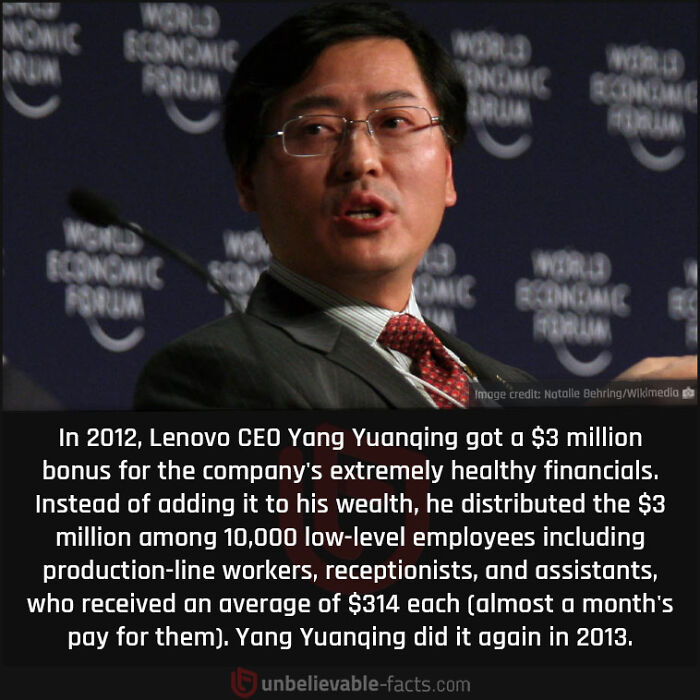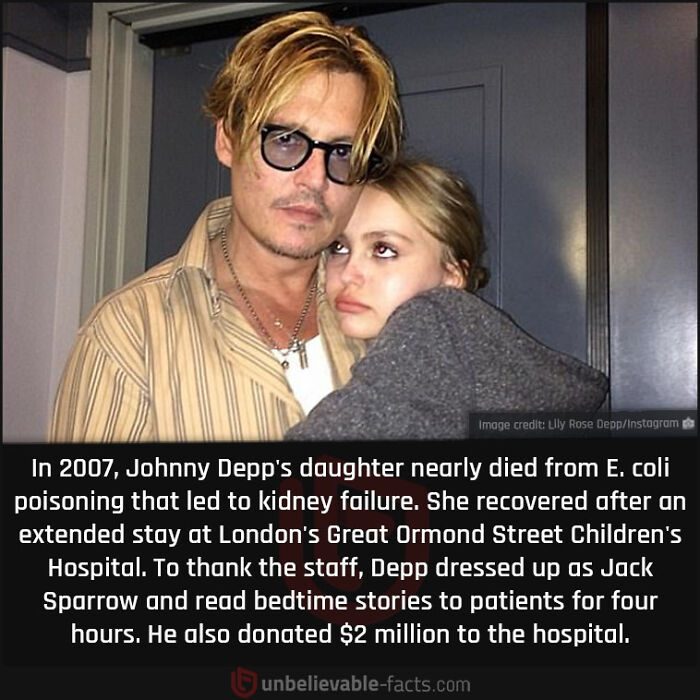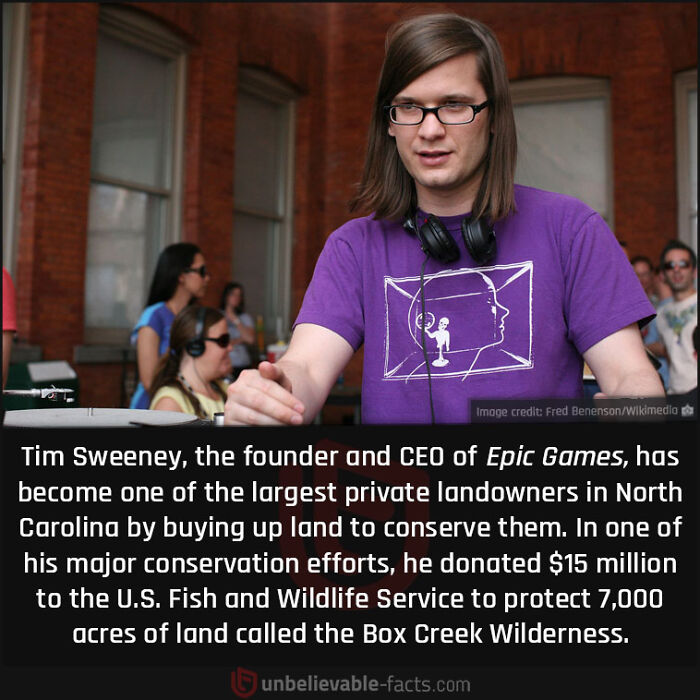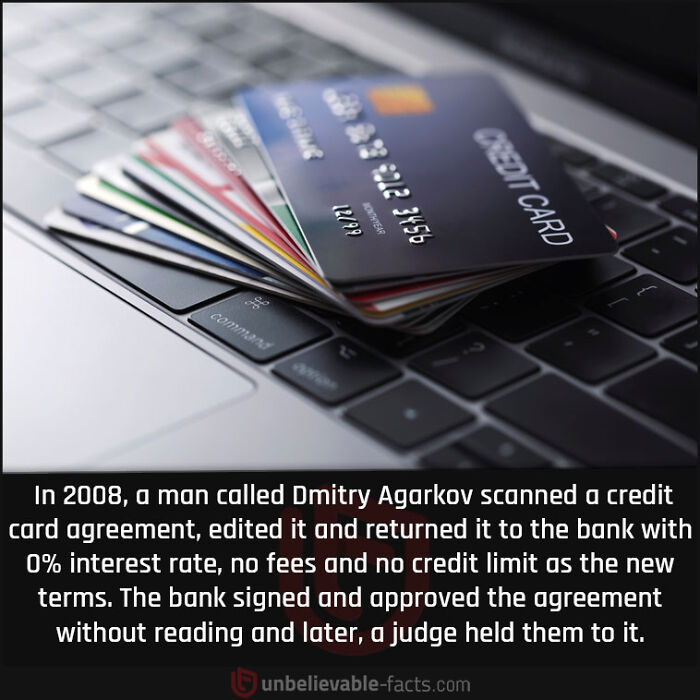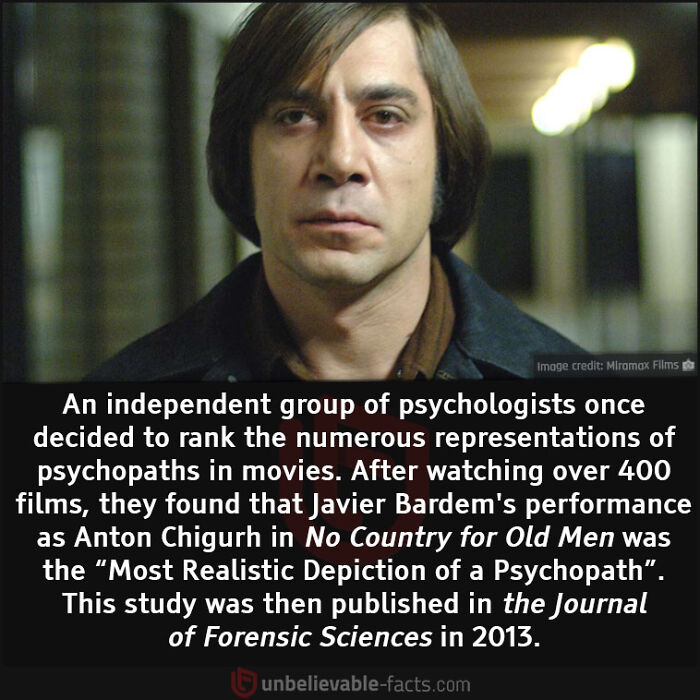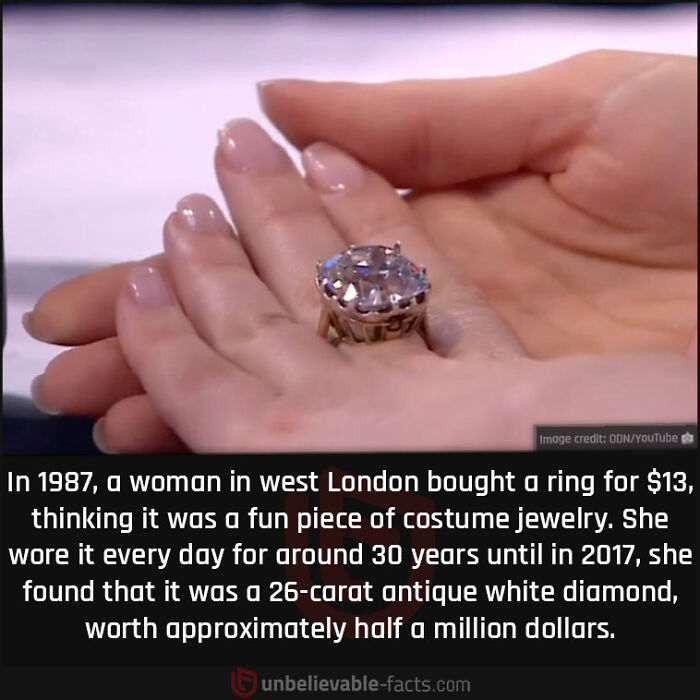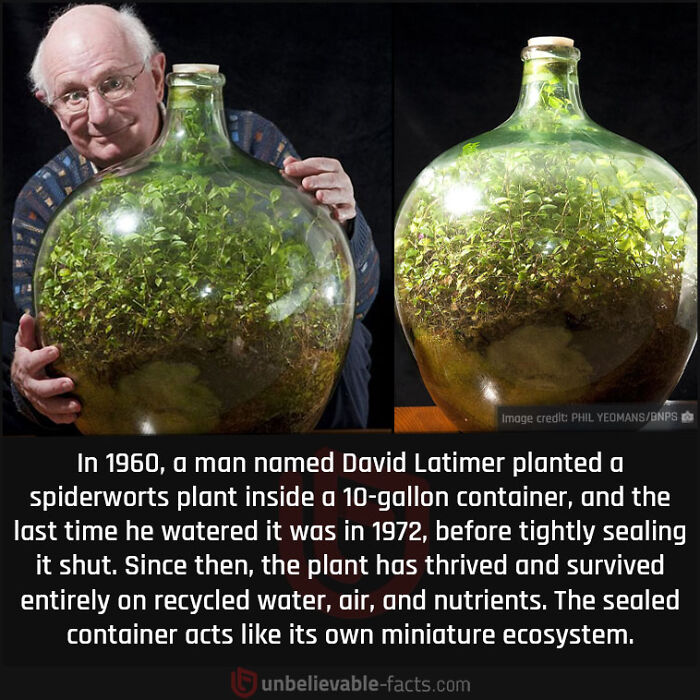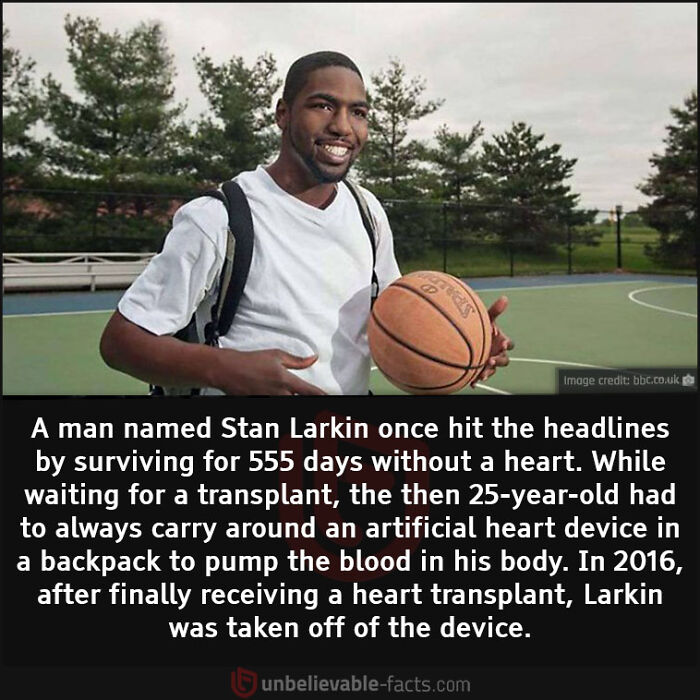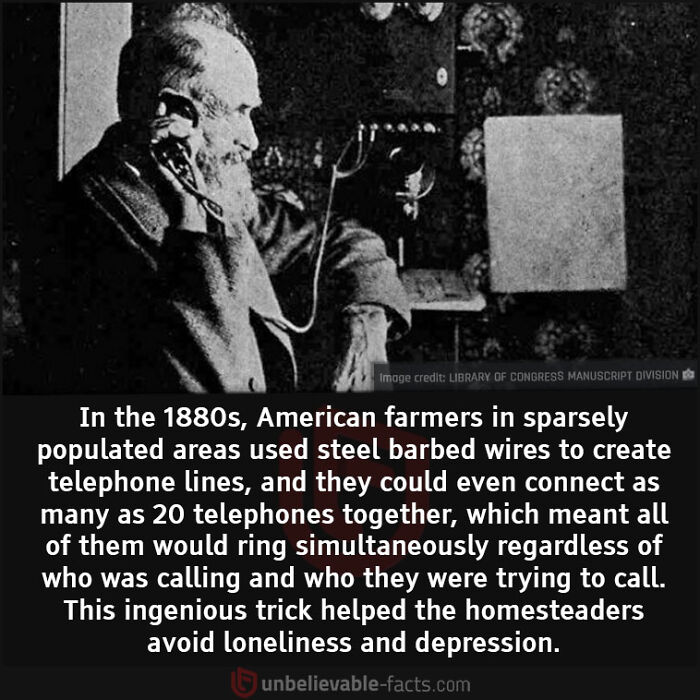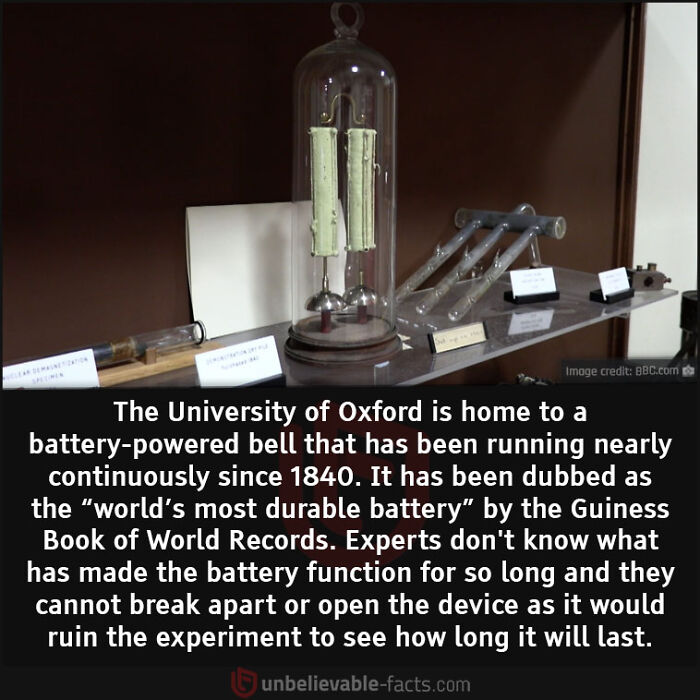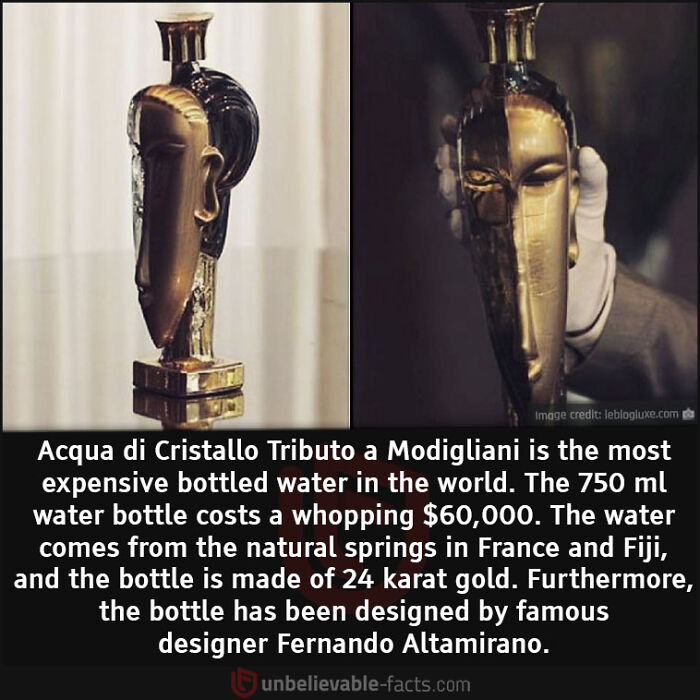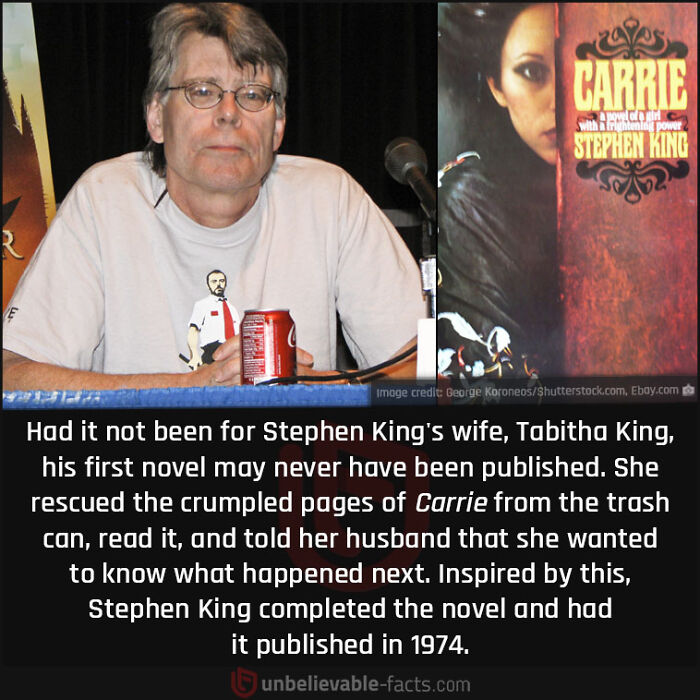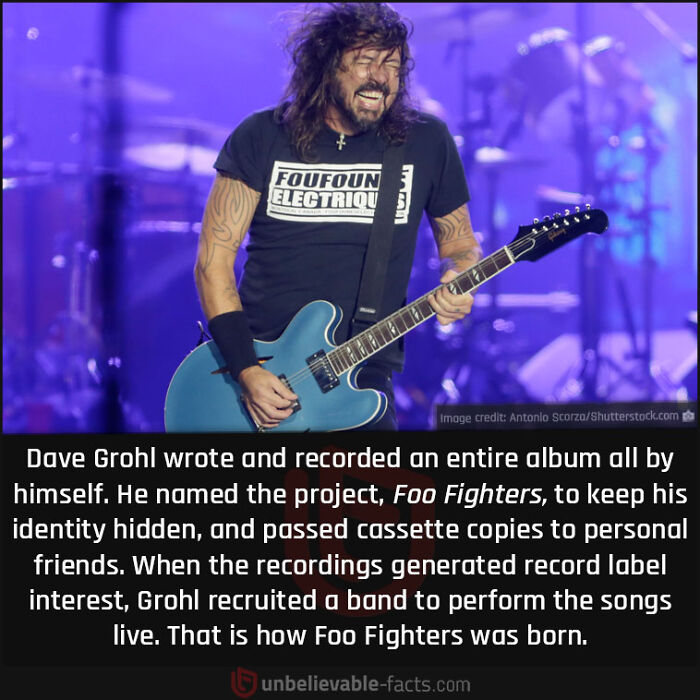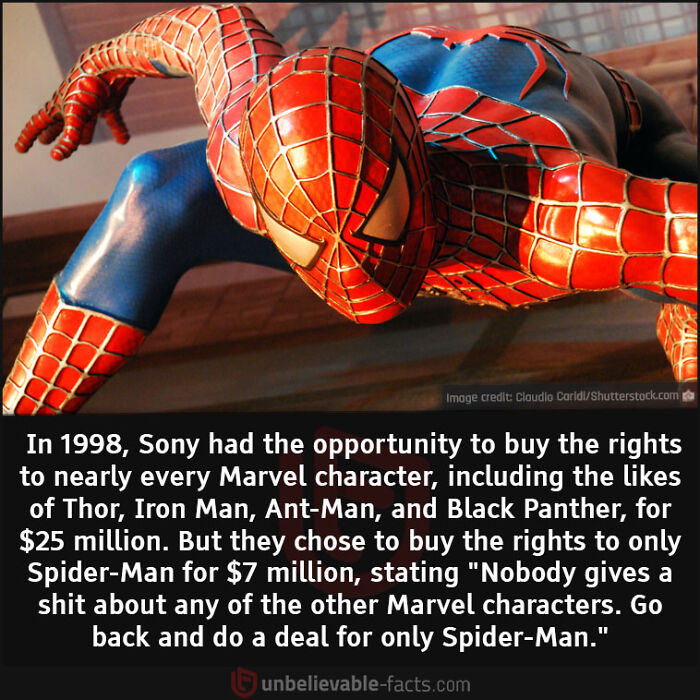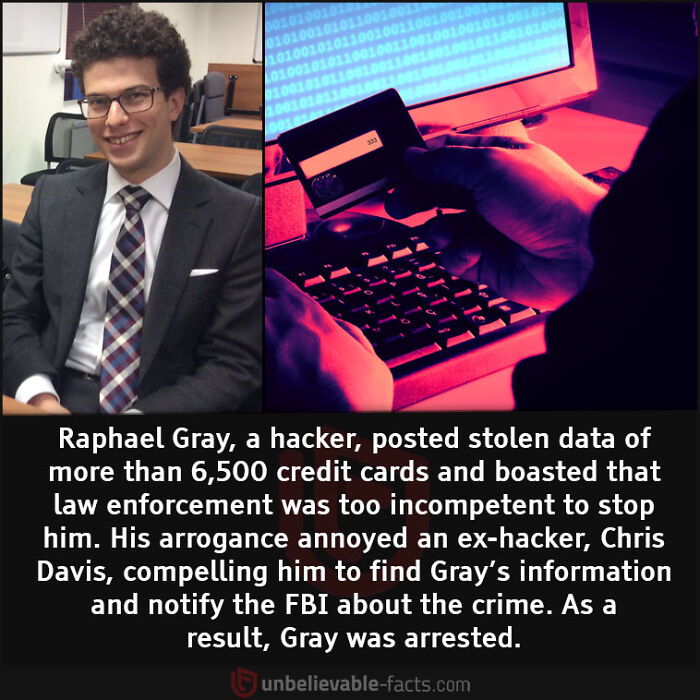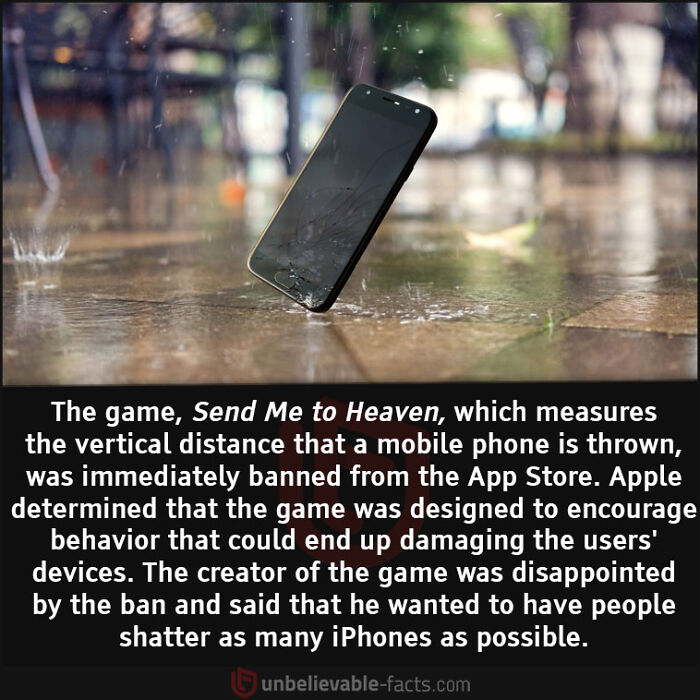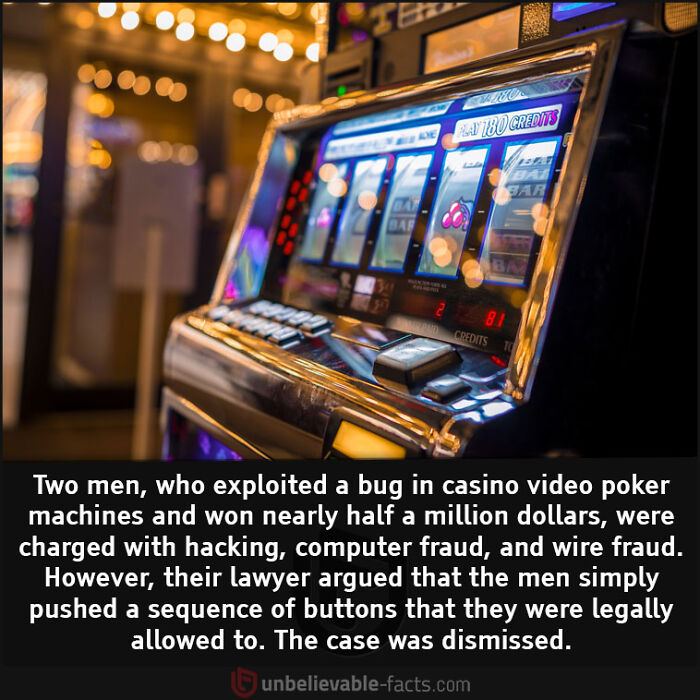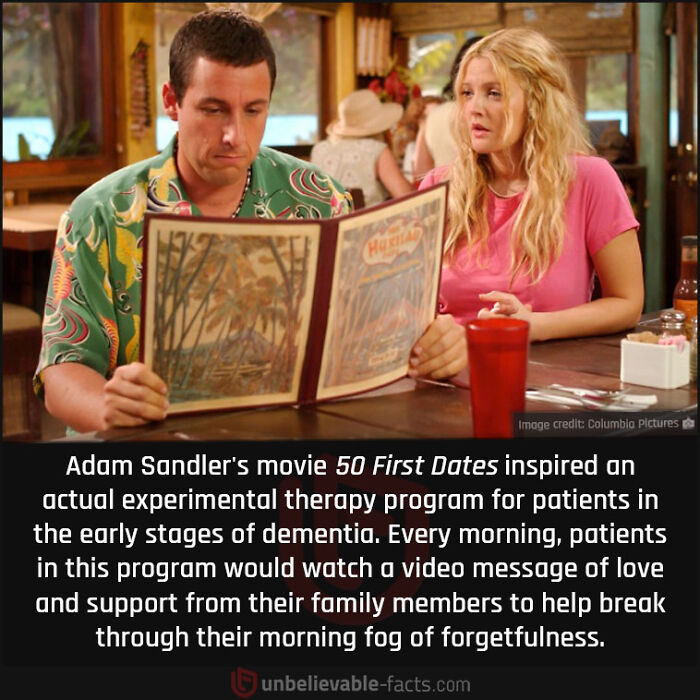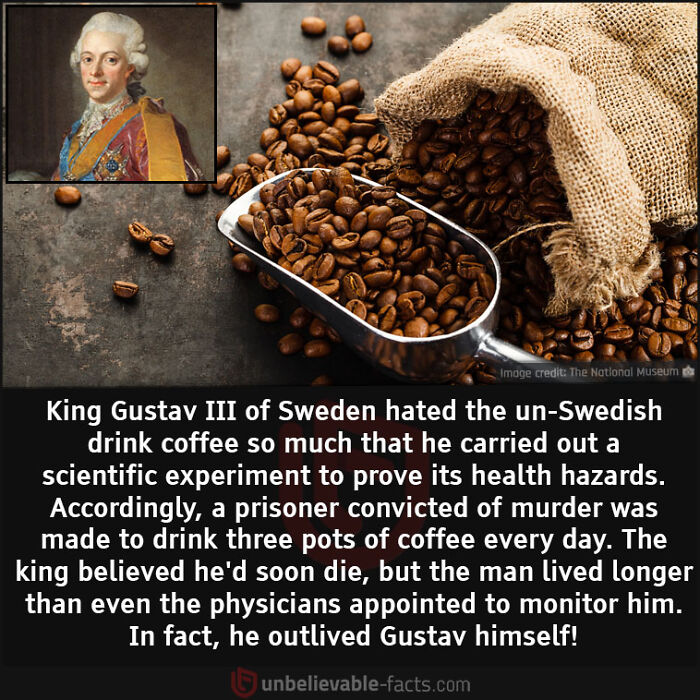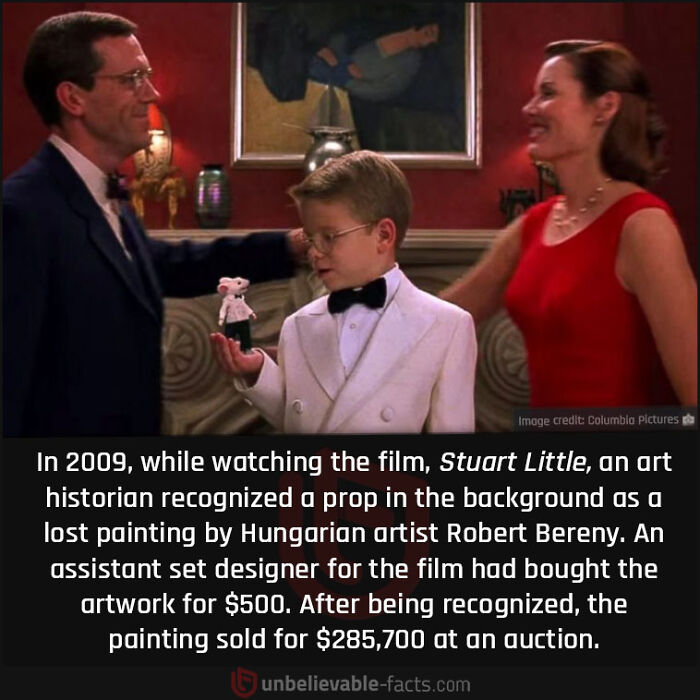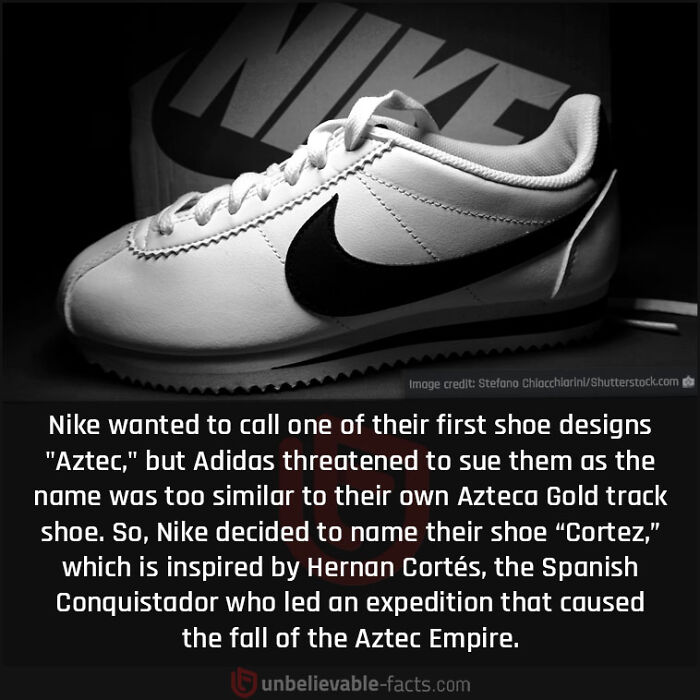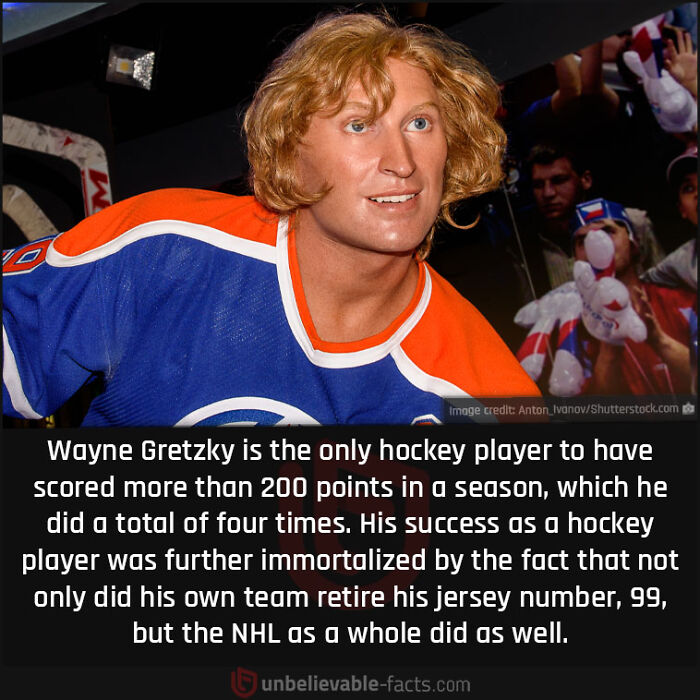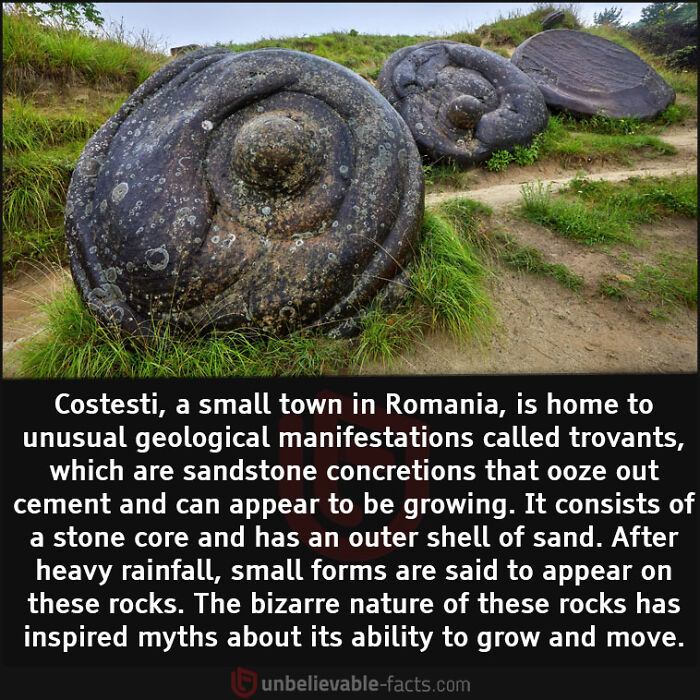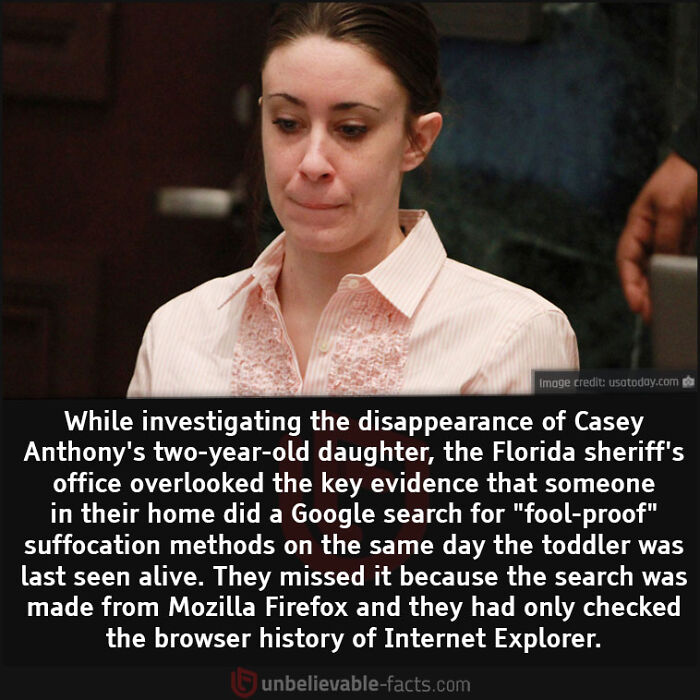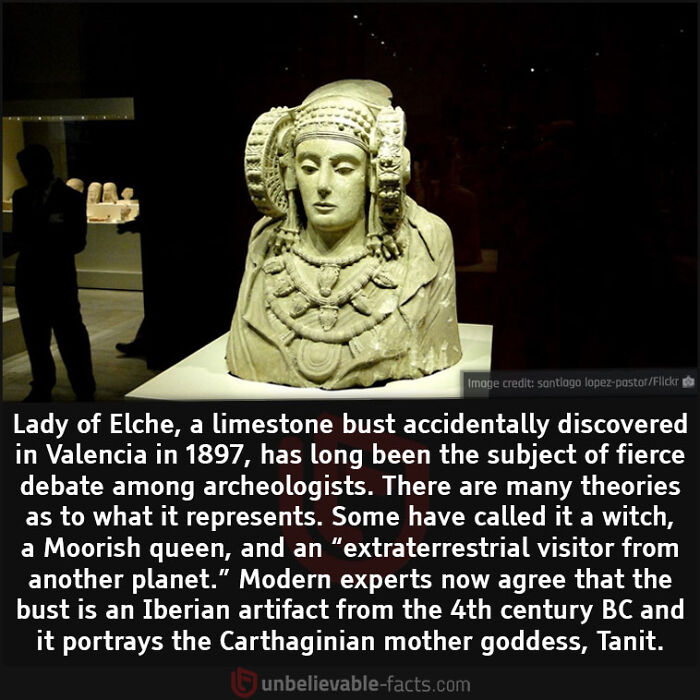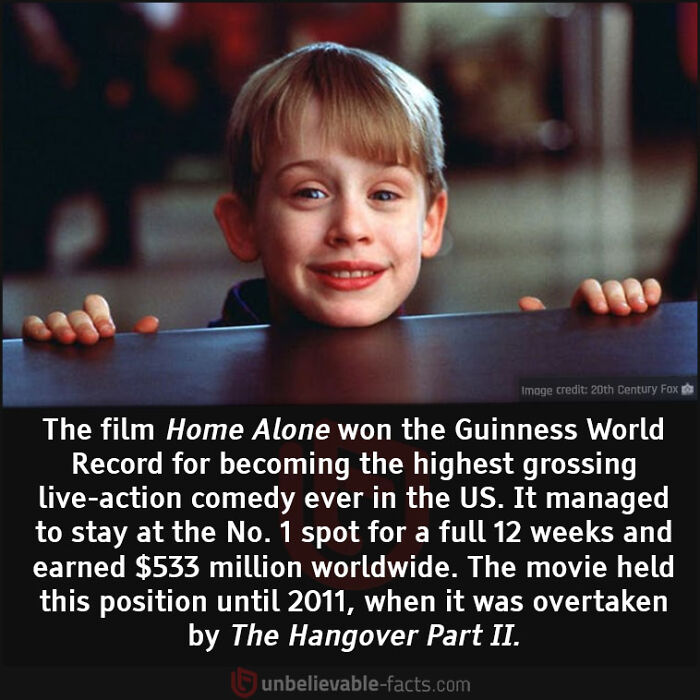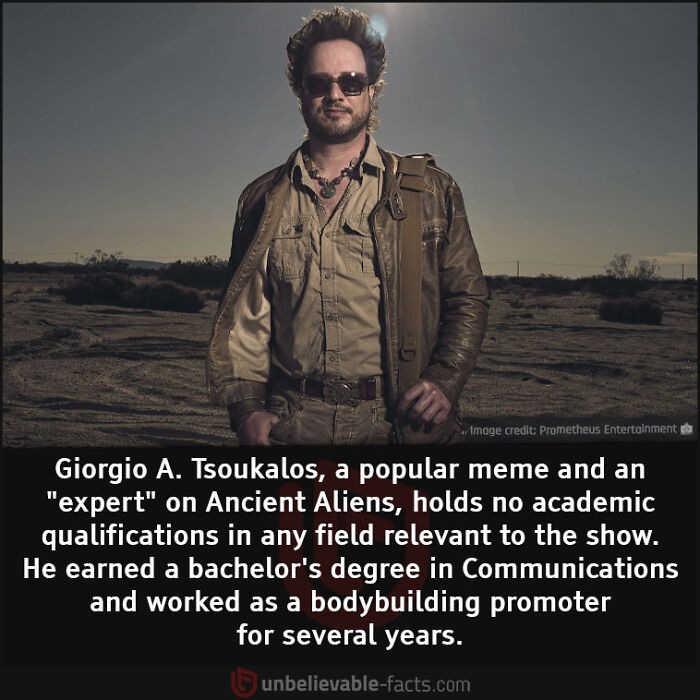
205Kviews
40 Hard-To-Believe Facts Shared By The “Unbelievable Facts” Facebook Page (New Pics)
If you've never heard of a Facebook page called Unbelievable Facts, the chances are you have been on the moon. This powerhouse of social media is home to 8.9M followers who come there for “the best bizarre, strange and extraordinary stories on the internet." Some of the facts that get shared on the platform are so random, you never knew you needed them.
Today, we wrapped up some of the most entertaining bits of information that got shared on this page and let me tell you, it’s perfect fuel to build up your trivia muscle. So get your notebooks out, put your glasses on and get ready to feed your brain! Psst! After you’re done with this post, be sure to check out more unbelievable facts from our part 1.
More info: Instagram | Twitter | Unbelievable-facts.com
This post may include affiliate links.
Mark Hamill has always been a lovely guy. So down to earth and unaffected by fame!
And he's still the best Joker too! (I will die on this hill, do not approach.)
Yes! Batman the animated series is a stone cold classic animated show due in no small part to Mark Hamills perfect vocal performance as the Joker and also Kevin Conroy for Bruce wayne / Batman.
Load More Replies...He so easily could've become bitter and resented the only part he's k own for. Instead he is so sweet and tuned into the fan base, a genuinely good human being.
Mark would have to arrive and be Luke Skywalker. The teenage wouldn't have a clue who Mark was supposed to be, he only knows Luke.
Load More Replies...Sadly, Mark says he has done this hundreds of times. But what a good egg.
No! It's not true! It's not possible! (I can't remember the exact line, I tried googling it but it just said that DV actually said 'no I am your father')
Load More Replies...When they reached out to his agent he was apprehensive. He said he'd ask but didn't think he would do it. Hamill called them less the 5 min later to set it up
He bought 500 drones for Ukraine to kill people. I stopped following him on Twitter when I read that.
There are more than 1.9 billion websites on the internet. And that’s the data from 2018. I couldn’t find an actual number for today to quote, but it’s obviously many times higher. The thing is, there is an immeasurable amount of information that gets shared on the internet every day. When I say immeasurable, it’s because it was estimated that in 2020, the amount of data on the internet would hit 40 zetabytes. A zetabyte is about a trillion gigabytes, and it’s still hard to wrap your head around it.
So what does it mean for us, the end users? Well, there’s way too much information to choose from. Right next to every reliable fact that comes from a legit source we have tons of variants of it that are not true. More so, today, we live in the world of fake news, unproven facts, misinformation, questionable arguments, gossip, and conspiracy theories that get shared online and tend to spread even more quickly than reliable information.
With fake news and misinformation reaching new heights during the worldwide pandemic, it became clear that everything we consume online should not only be taken with a pinch of salt but rather a bag of it. Previously, Bored Panda spoke with Daniel Markuson, the cybersecurity expert at NordVPN, about ways to separate true facts from false information online which you may want to look at here.
Right next to the false information, you find collective speculation, a worldwide phenomenon that happens when internet users (and people in real life) share, interpret, and make conclusions out of bits of information unproven by any legit source. Also known as conspiracy theories, they’re also used as ways to explain things that people simply don't understand or lack a better explanation of.
We spoke with Thomas Roulet, the Associate Professor in Organization Theory at University of Cambridge, who shared some interesting insights into the complex world of conspiracies. Roulet explained that conspiracy theories are first and foremost collective narrative and so, “they make people feel part of a group.”
According to him, “they are not necessarily trying to explain something they don't understand—in fact it might be something they understand very well, but the way to approach this thing, collectively, as a group defending a theory, strengthens their sense of identity.”
Moreover, the professor explained that conspiracy theories are particularly popular when they do address the unknown. Like, the “questions for which we don't know the answer (is there life after death? are we alone in the universe?) as they address both identity needs and our desire to have answers to persistent questions.” Roulet said that “The two are related—when people feel they hold answers that nobody else has access to (they feel they have access to a truth), they feel like they are part of an even more exclusive and higher-status group.”
When asked what role social media plays in how conspiracies spread, Roulet said that “the 'social' aspect is particularly important for the spread of conspiracy theories as adherence to them is driven partly by the willingness to be part of a group.”He added: “On social media, people can directly connect with people who hold the same beliefs and more clearly identify to that group. Social media will also help those communities structure themselves and be associated with specific artefacts (logo, images, memes, quotes, etc.).”
Wonderful! She paid it forward. She provided an opportunity for him to move forward. It's not about handouts, it's about a hand up.
This is a great story, but man did her partner ever get the ring size wrong.
The inventor of the artificial heart was a famous ventriloquist. Maybe someone out there remembers his name.
Almost all phones were party lines back then. My grandmother still had a party line when I was a kid. You only knew if a call was for you based on the way the phone rang, and had to be careful what you said on the phone because you never knew which nosy neighbors might be listening.
False information. The bell does exists (google "oxford electric bell"), but it's function and endurance is no mystery to scientists. Basically it consists of two bells of opposite electric charge, with a metal clapper between. When ringing one bell, the clapper takes on a bit of it's charge, is then repelled but attracted to the other bell, where it takes on a bit of it's charge and is then repelled... The clapper transports electric charge between the bells in this process and will stop when they have an equal charge, but because the charge transported is very small it can run for a long time.

 Dark Mode
Dark Mode  No fees, cancel anytime
No fees, cancel anytime 




